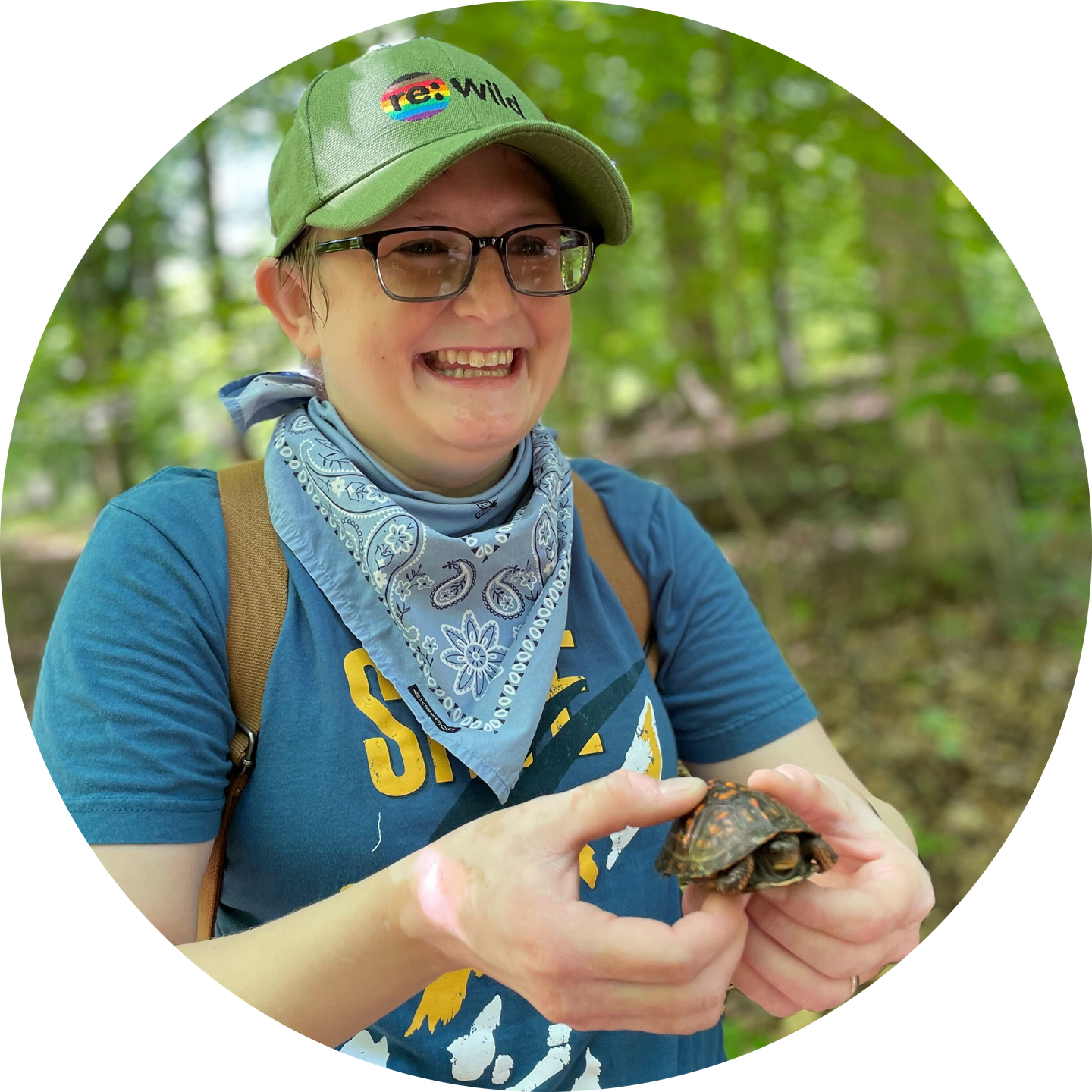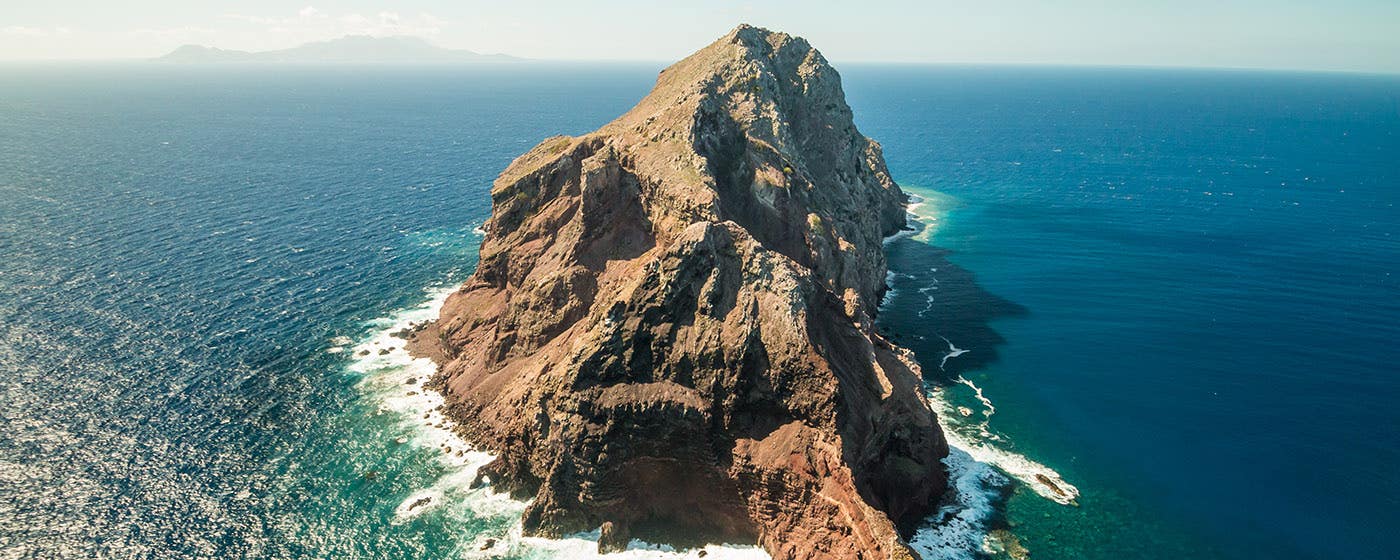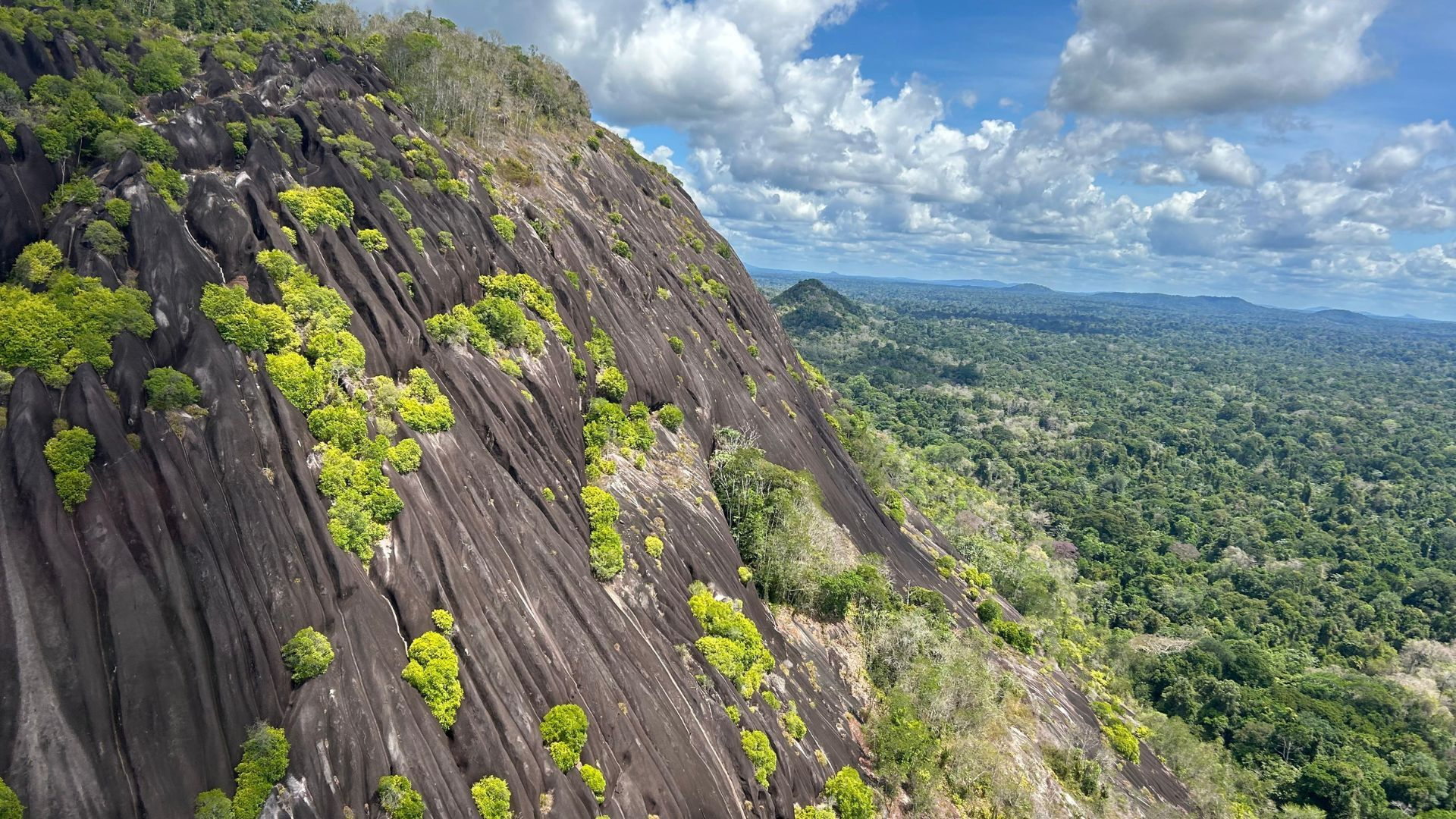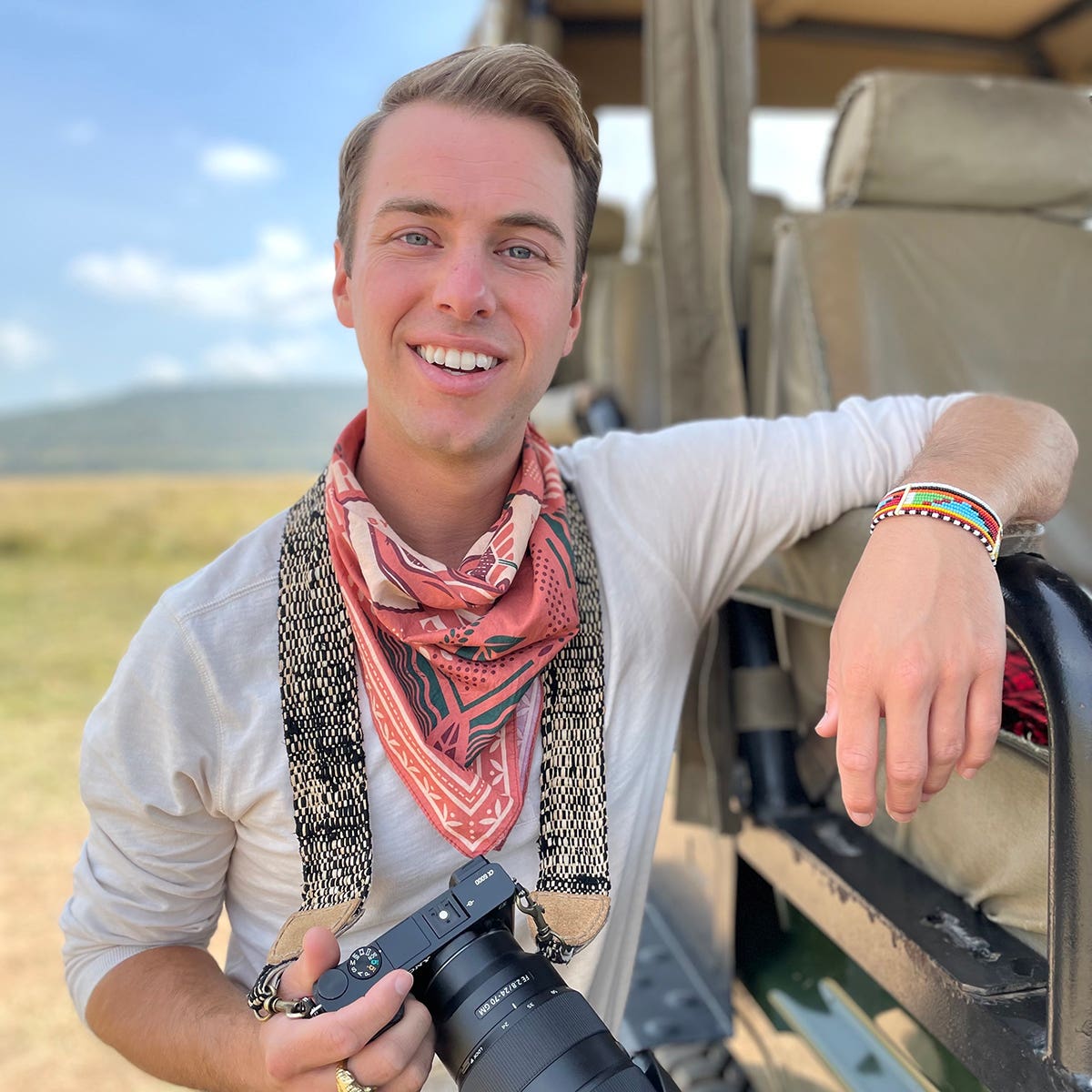
A Caribbean island that has transformed from a barren moonscape to a lush wildlife sanctuary in just a few short years has been made one of the biggest protected areas in the Caribbean. The new designation is the result of the ongoing efforts of the government of Antigua and Barbuda, particularly the Department of Environment (DoE), and local and international conservation NGOs, including the Environmental Awareness Group (EAG), Fauna & Flora and Re:wild.
The new protected area – named the Redonda Ecosystem Reserve – covers almost 30,000 hectares of land and sea, including the entire island, its surrounding seagrass meadows and a 180 square-kilometer coral reef. Though largely unexplored, the new protected area is believed to contain at least 30 globally threatened and near-threatened species, along with globally important seabird colonies.
The designation follows the success of a major restoration program launched in 2016 that has transformed Redonda from a barren landscape with the appearance of a ‘dusty moonscape’ to a thriving haven of biodiversity. The first stages of the program – led by EAG, DoE and Fauna & Flora with support from British Mountaineering Council and other leading conservation groups – primarily involved the removal of invasive species from the island, allowing native species to recover.
“The Department of Environment is very proud of our part in restoring Redonda, the third island of Antigua and Barbuda,” said Helena Jeffery Brown, technical coordinator in the Department of Environment, and founding member of the Redonda Restoration Program. “Now with the creation of the Redonda Ecosystem Reserve, we have made a great stride towards fulfilling our government’s commitment to conserve at least 30% of terrestrial, inland water and coastal and marine areas under the Kunming-Montreal Global Biodiversity Framework, adopted at the COP 15 of the UN Convention of Biological Diversity in December 2022.”
Following the removal of the invasive rats and feral goats in 2017, Redonda started to come back to life incredibly quickly. Total vegetation biomass has increased by more than 2,000%, 15 species of land birds have returned and numbers of the endemic lizards have increased by more than fourfold. In particular, the population of Redonda ground dragons – a critically endangered lizard – has increased by 13-fold since 2017.
“To date, the restoration of this precious landscape has been truly remarkable,” said Johnella Bradshaw, Redonda program coordinator, EAG. “So much hard work and dedication, from so many people, has gone into making the establishment of the Redonda Ecosystem Reserve possible – this designation will ensure we can continue rewilding the island to the beautiful, biodiverse environment it once was.”
When Redonda was first documented by Europeans in 1493, it was, like many Caribbean islands, full of life, but European colonizers brought invasive species to the island, which over time destroyed its natural ecosystem. Invasive rats preyed on native wildlife, and feral goats left behind by guano miners ravaged the plants. Redonda’s unique species slowly disappeared and a number were driven extinct. As the vegetation disappeared, soil and rocks slid into the sea, smashing and choking the coral reefs surrounding the island.
Since the removal of the invasive species, Redonda has seen a spectacular recovery, with thousands of native trees taking root and anchoring the soil, seabirds returning to nest in greater numbers and many native animal and plant populations rising exponentially.
Restoration work is still ongoing, however, and EAG, Fauna & Flora, Re:wild and partners are working together on a range of actions to support the island’s biodiversity, including implementing biosecurity measures to limit the risk of any reinvasions, monitoring the recovery of native species, conducting marine monitoring and surveillance, promoting sustainable fishing, and planning the reintroduction of native species that cannot find their own way back to the island, such as iguanas and burrowing owls.
“The Caribbean Islands are facing the highest extinction rates in modern history, and the restoration and protection of areas like Redonda are critical,” said Jenny Daltry, Caribbean Alliance director for Re:wild and Fauna & Flora. “While the removal of invasive species has been key to Redonda’s revival so far, that’s by no means the end of the story. The protected area designation is vital for our ongoing commitment to restoring Redonda to its former glory, and could pave the way for Redonda to become an incredible sustainable tourism attraction in the near future.”
The Redonda Restoration Program, along with measures to create and manage the Redonda Ecosystem Reserve, have benefited from the support of a host of national and international entities since 2016 including the Government of Antigua and Barbuda (Department of Environment, Fisheries Division and the Forestry Unit), Arcadia, Betty Liebert Trust, British Mountaineering Council, CalvinAir, Darwin Initiative through UK Government funding, Environmental Awareness Group, Fauna & Flora, Island Conservation, Halcyon Land and Sea, National Fish and Wildlife Foundation, National Parks Authority, Re:wild, Syngenta, Taurus Foundation, USAID, U.S. Fish and Wildlife Service (USFWS) International Affairs and Migratory Birds, United Nations Environment Program, CABI, BirdsCaribbean, Wildlife Management International Ltd, Waitt Foundation and Wyss Foundation.
###
Environmental Awareness Group The Environmental Awareness Group (EAG) is Antigua and Barbuda’s oldest non-governmental environmental organization and has been at the forefront of conservation work for over 30 years. From restoring offshore islands and saving species from extinction, to education, community engagement, and influencing environmental policy, the EAG continues to work collaboratively to enact environmental change in Antigua and Barbuda.Core to our work is our aspiration to have a society with individual and collective responsibility to care for and value biodiversity and ecosystems for the long-term benefit of people and wildlife. To do that we stand strongly on integrity and the belief that environmental work should not only be worthwhile, but interesting and satisfying with a hint of adventure. Find us on social media @EAGAntigua.
Department of Environment The Department of Environment (DoE) has gone through a number of transformations since its initial convening as an advisory body on environmental issues in 1990. Dubbed the Historical, Conservation and Environmental Commission (HCEC). In 2015, the Government of Antigua and Barbuda (GOAB) enacted the Environment Protection and Management Act (EPMA). This piece of legislation was the result of years of consultation with various local, national, regional and international stakeholders to finally provide the Environment Division with a clear legal mandate. The Department as a part of its mandate is charged with natural resource management which includes the authority to declare protected areas within Antigua and Barbuda using CITES classifications.
Fauna & FloraFauna & Flora is a nature conservation charity protecting the diversity of life on Earth. For the survival of species and habitats, the planet and people. As the world’s first international conservation charity, Fauna & Flora has been shaping best practice in community-focused conservation for over 120 years. Today, the charity works closely with local conservation partners in almost 50 countries to protect habitats, revive the ocean, reduce extinctions, stop illegal wildlife trade, combat climate change and influence global policy and corporate sustainability. www.fauna-flora.org
Re:wild Re:wild protects and restores the wild. We have a singular and powerful focus: the wild as the most effective solution to the interconnected climate, biodiversity and human wellbeing crises. Founded by a group of renowned conservation scientists together with Leonardo DiCaprio, Re:wild is a force multiplier that brings together Indigenous peoples, local communities, influential leaders, nongovernmental organizations, governments, companies and the public to protect and rewild at the scale and speed we need. Learn more at rewild.org.

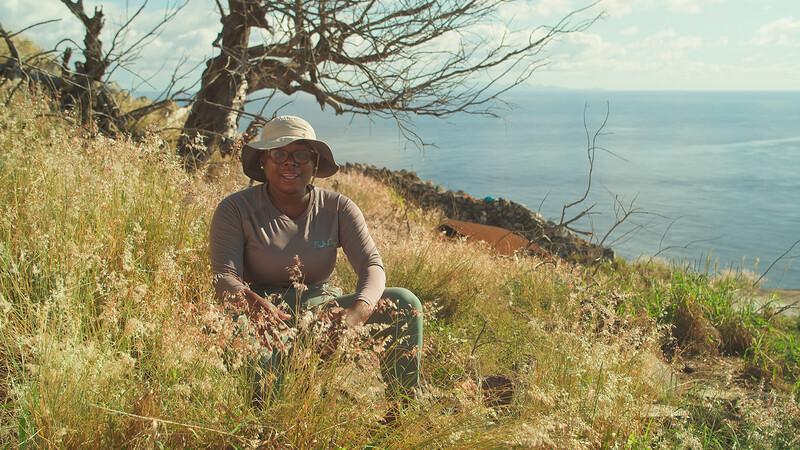
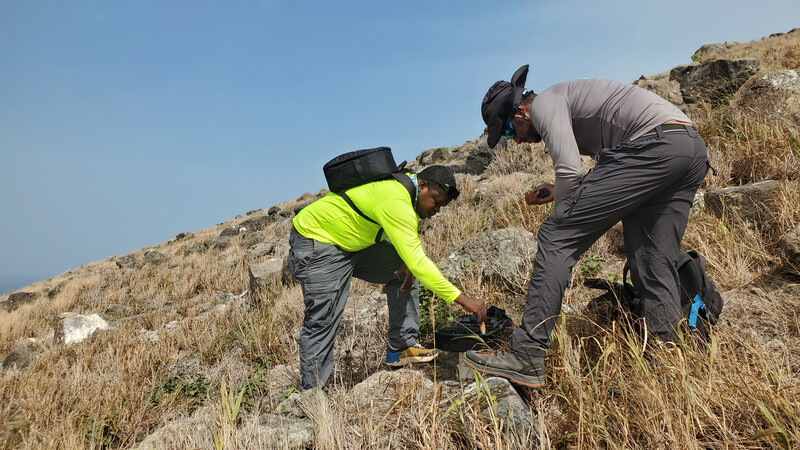
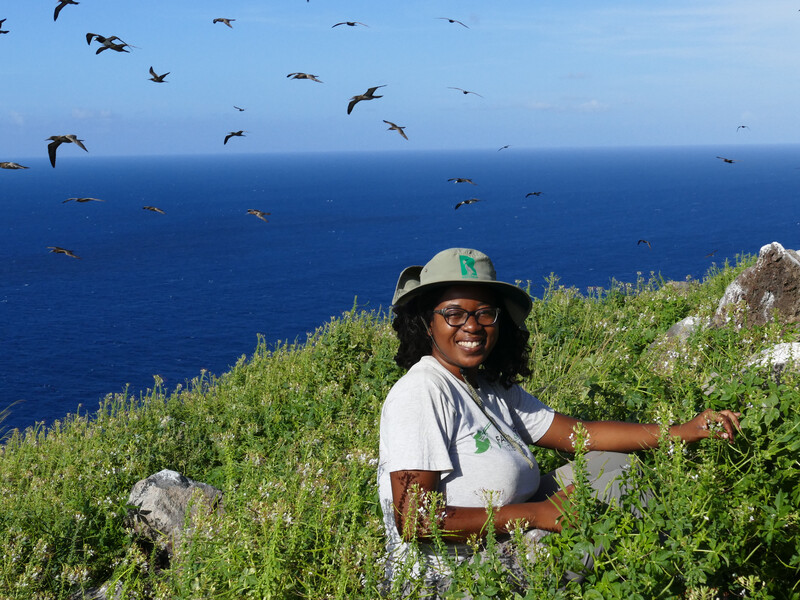
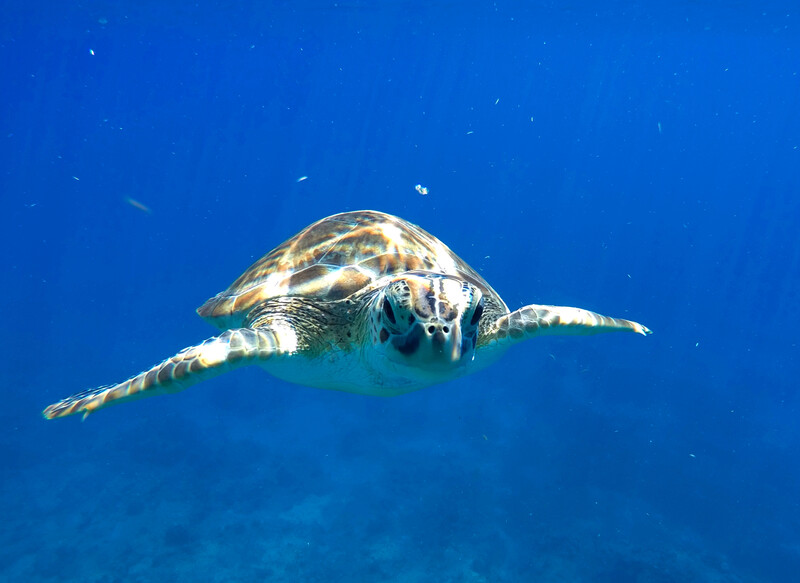
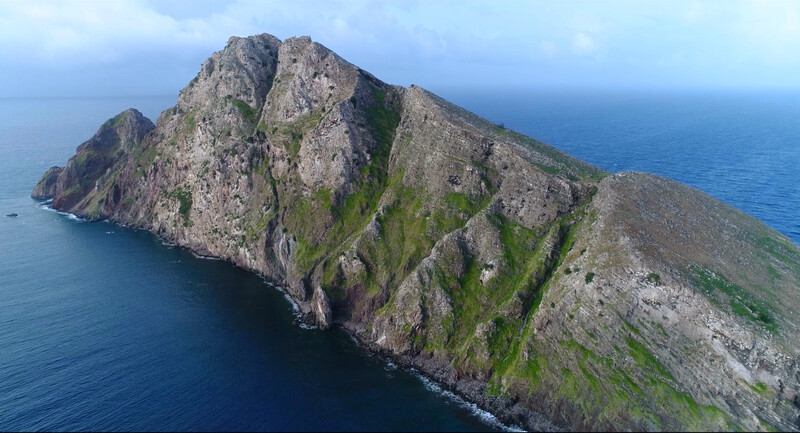

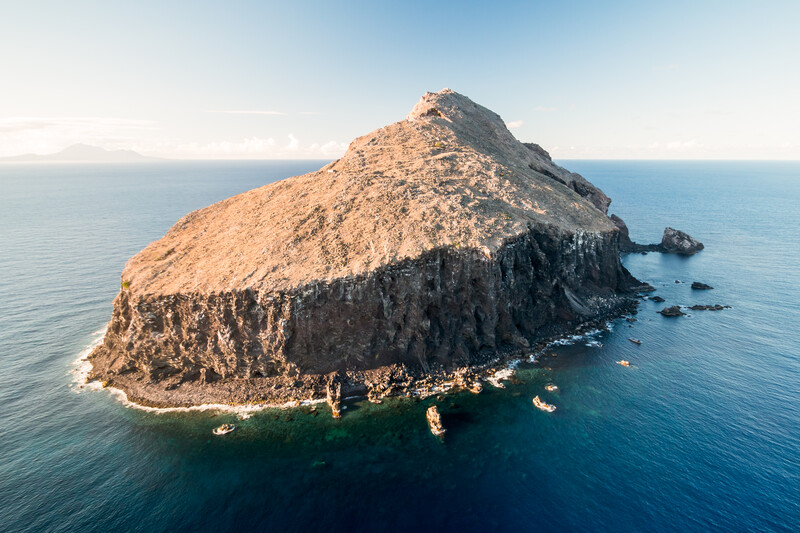



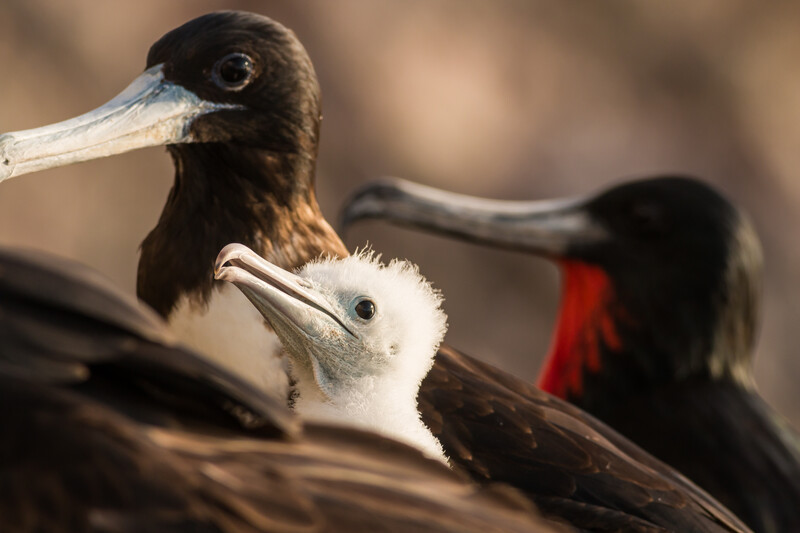
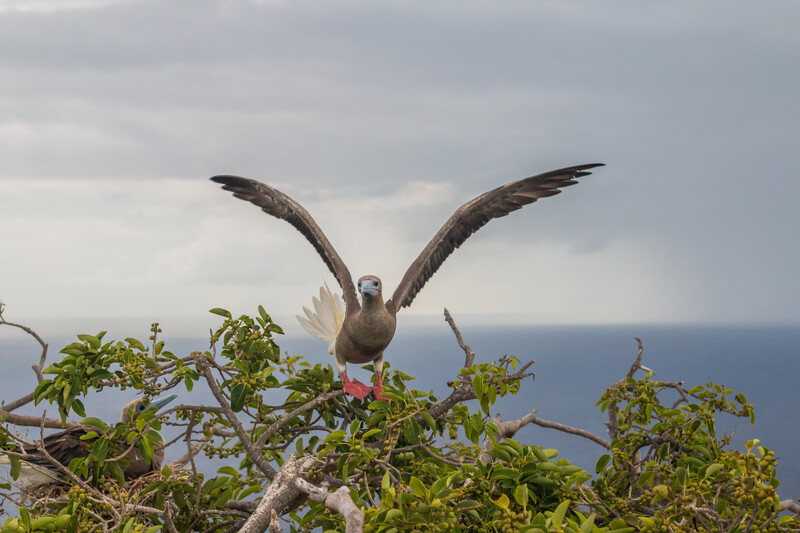

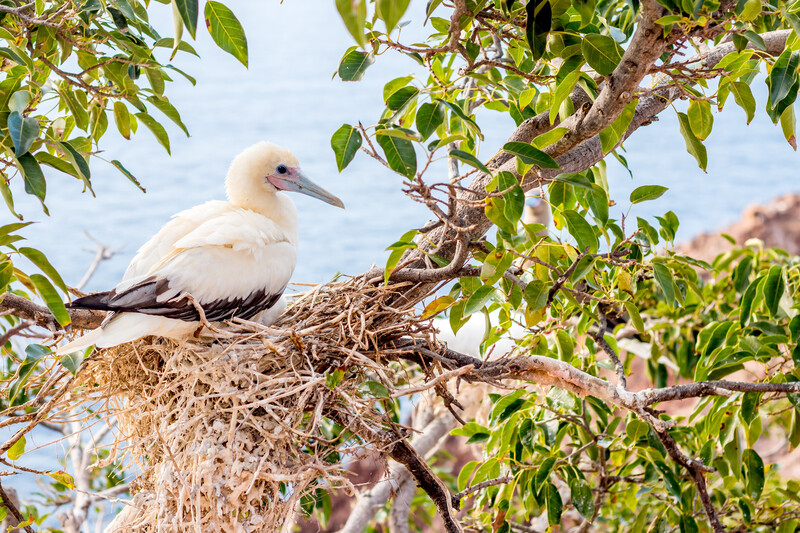
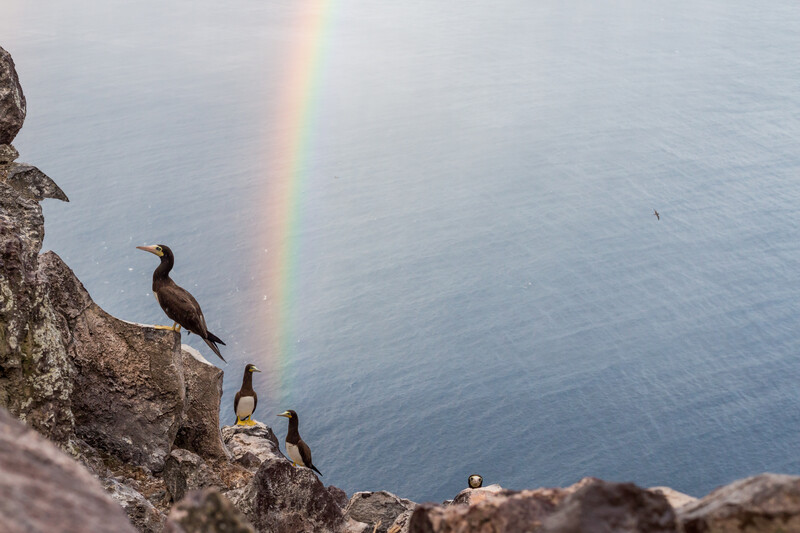
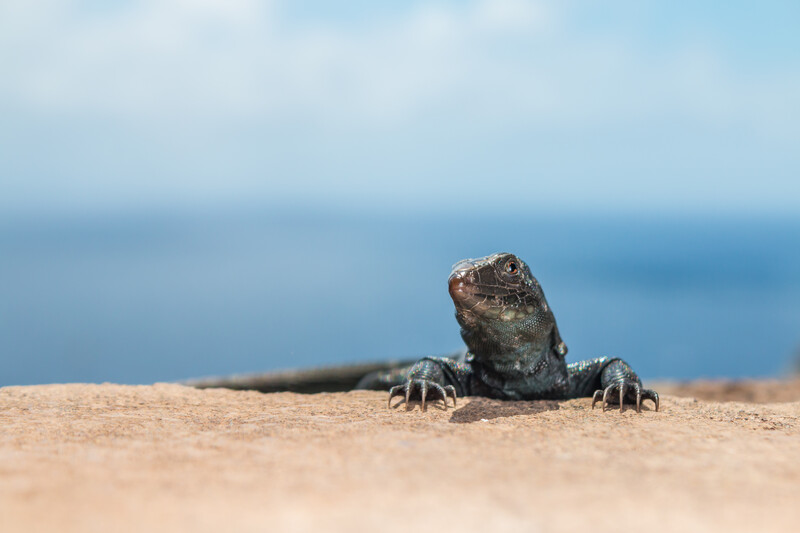



Lindsay is the Director of Media Relations for Re:wild and has a particular interest in leveraging communications to inspire conservation action. Lindsay is passionate about species-based conservation and finding compelling ways to tell stories that demonstrate the value of all of the planet’s critters, big and microscopic.
